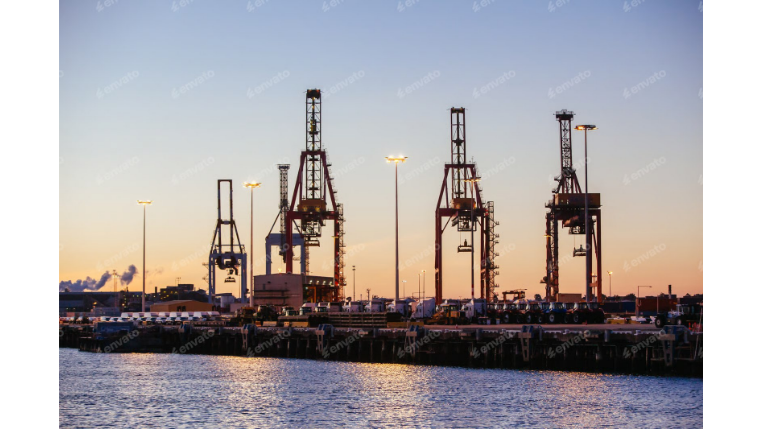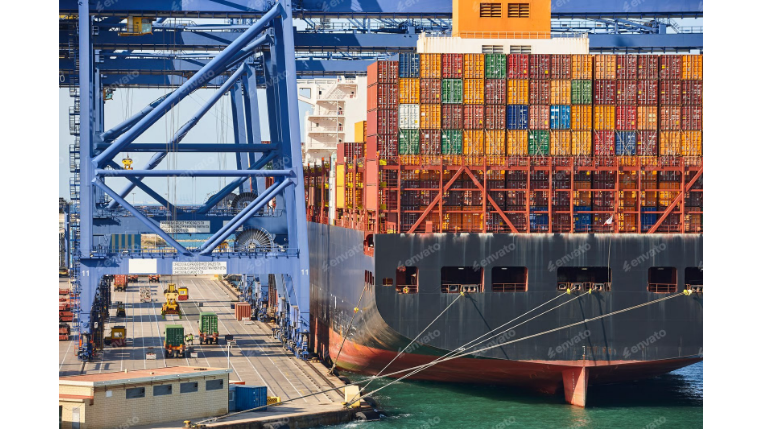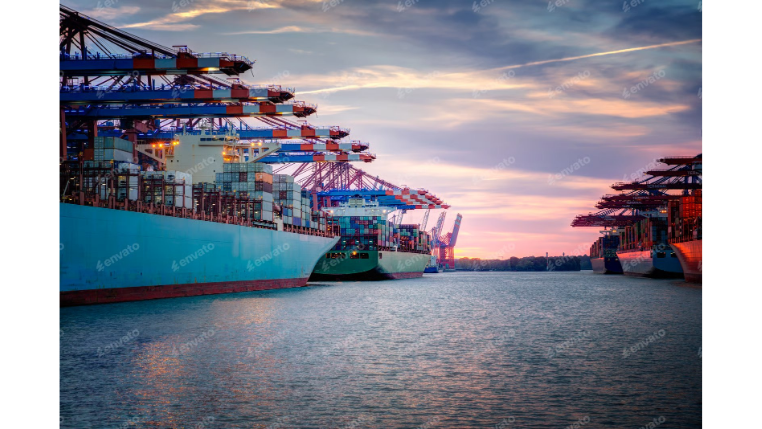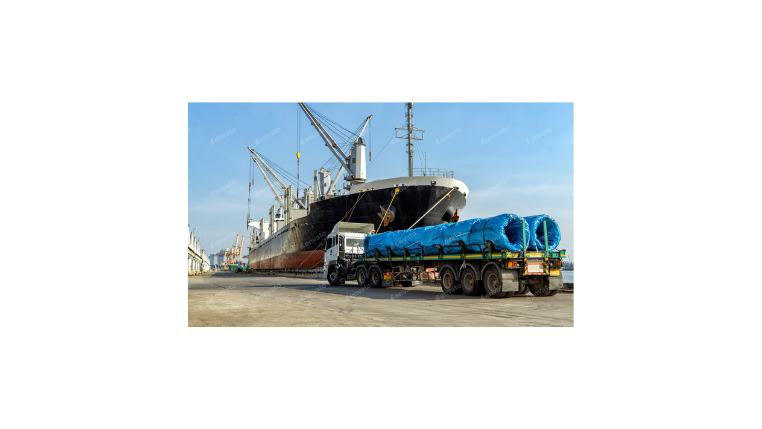For any company involved in international trade, especially those importing goods into the United States by ocean vessel, an understanding of customs procedures is paramount. Among these, the Importer Security Filing (ISF), also known as the "10+2" rule, is a critical requirement from U.S. Customs and Border Protection (CBP). Failing to comply with ISF regulations can lead to severe penalties, delays, and disruptions in your supply chain.
This comprehensive guide is designed to help you with navigating the ISF filing process. We will demystify what ISF is, explain its importance, and provide a clear, step-by-step roadmap to ensure your shipments are compliant, secure, and ready for a smooth customs clearance.
What is Importer Security Filing (ISF)?
Importer Security Filing (ISF) is a mandatory document for all ocean cargo shipments destined for the United States. It requires importers to submit ten specific data elements to U.S. Customs at least 24 hours before the vessel's departure from its foreign port of loading. The purpose of this filing is to provide CBP with crucial information about the imported cargo before it leaves its port of origin, enabling them to identify potential security threats and risks early in the process.
This requirement is a key component of CBP's strategy to enhance supply chain security and prevent illegal or high-risk cargo from entering the country. By understanding ISF, importers can better prepare for the filing process and ensure they provide accurate and complete information to CBP, avoiding delays and potential shipment holds.
Why ISF is a Critical Part of Your Supply Chain Strategy
ISF is more than just a regulatory hurdle; it's a vital part of a modern, efficient supply chain. Here are the main reasons why ISF compliance is so important for importers:
- Legal Requirement: First and foremost, ISF is a legal mandate by CBP. Failure to submit the filing accurately and on time can result in penalties of up to $5,000 per violation.
- Enhanced Supply Chain Security: By providing CBP with detailed information about the cargo, ISF helps in identifying any potential security risks and allows CBP to take necessary actions to mitigate those risks. This contributes to the overall security of the international trade system.
- Operational Efficiency: Submitting a timely and accurate ISF is crucial for ensuring smooth customs clearance. Any errors or delays can lead to holds on your cargo, causing significant operational disruptions and costs.
- Building a Strong Relationship with CBP: By consistently complying with ISF requirements, importers demonstrate their commitment to security and regulation. This can lead to benefits such as expedited clearance and reduced inspections in the future, a testament to your reliability as a trading partner.
A Step-by-Step Guide to Navigating the ISF Filing Process
Successfully navigating the ISF filing process requires a systematic approach. By following these steps, you can ensure your shipments are compliant and your operations run smoothly.
Step 1: Gathering Required Information
The first step is to gather all the required data elements. ISF requires ten specific pieces of information about your shipment. It is essential to ensure the accuracy and completeness of this information, as any discrepancies can lead to delays and penalties. The required data includes:
- Importer of Record Number
- Consignee Number
- Seller Name and Address
- Buyer Name and Address
- Manufacturer (or supplier) Name and Address
- Ship-to Party Name and Address
- Country of Origin
- Commodity Harmonized Tariff Schedule (HTS) Number
- Container Stuffing Location
- Consolidator (Stuffer) Name and Address
You can gather this information by coordinating with your suppliers, freight forwarders, or other parties involved in the shipment. It is recommended to start this process well in advance to allow ample time for gathering and verifying the information. For a detailed list of all 10+2 data elements, you can refer to the official U.S. Customs and Border Protection website.
Step 2: Submitting the ISF
Once all the required information is gathered, you can submit the ISF electronically.
- Electronic Submission: ISF can be done through the Automated Broker Interface (ABI). Most importers work with a licensed customs broker or freight forwarder who has access to this system.
- Timely Filing: For shipments arriving by vessel, the ISF must be filed at least 24 hours before the vessel’s departure to the United States. Late filing can result in significant penalties.
- Accuracy is Key: Before submitting, it is critical to review all the information for accuracy. Any errors or omissions can result in delays or penalties.
Step 3: Ensuring Compliance and Avoiding Penalties
The process doesn't end with the submission. Importers must continue to ensure compliance throughout the shipment's journey.
- Respond to Inquiries: Be prepared to provide any additional information or documentation requested by CBP. Promptly responding to inquiries can prevent holds on your cargo.
- Stay Updated: ISF requirements and regulations can change. Importers should stay updated by regularly checking the CBP's website or consulting with their customs broker or freight forwarder. A resource like FreightWaves can also be a valuable source for industry news and regulatory updates.
The Role of Automation in ISF Compliance
Manually managing the ISF process is prone to human error and can be a significant administrative burden. Automation solutions can streamline the entire process, reducing the risk of errors and ensuring compliance. By using software that automatically pulls data and validates it against CBP requirements, importers can save time, reduce costs, and mitigate the risk of penalties. This is a crucial area of innovation in modern logistics.










